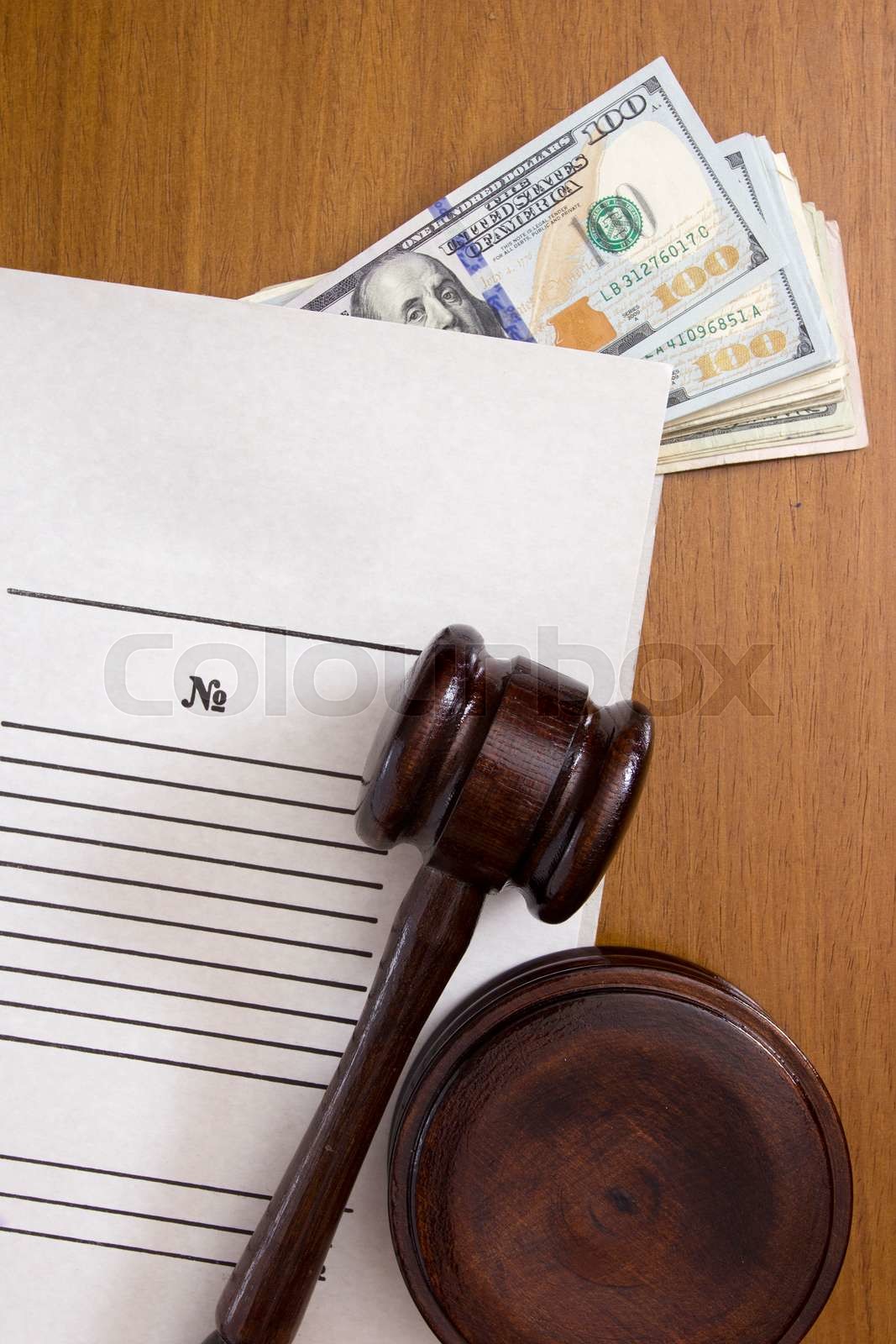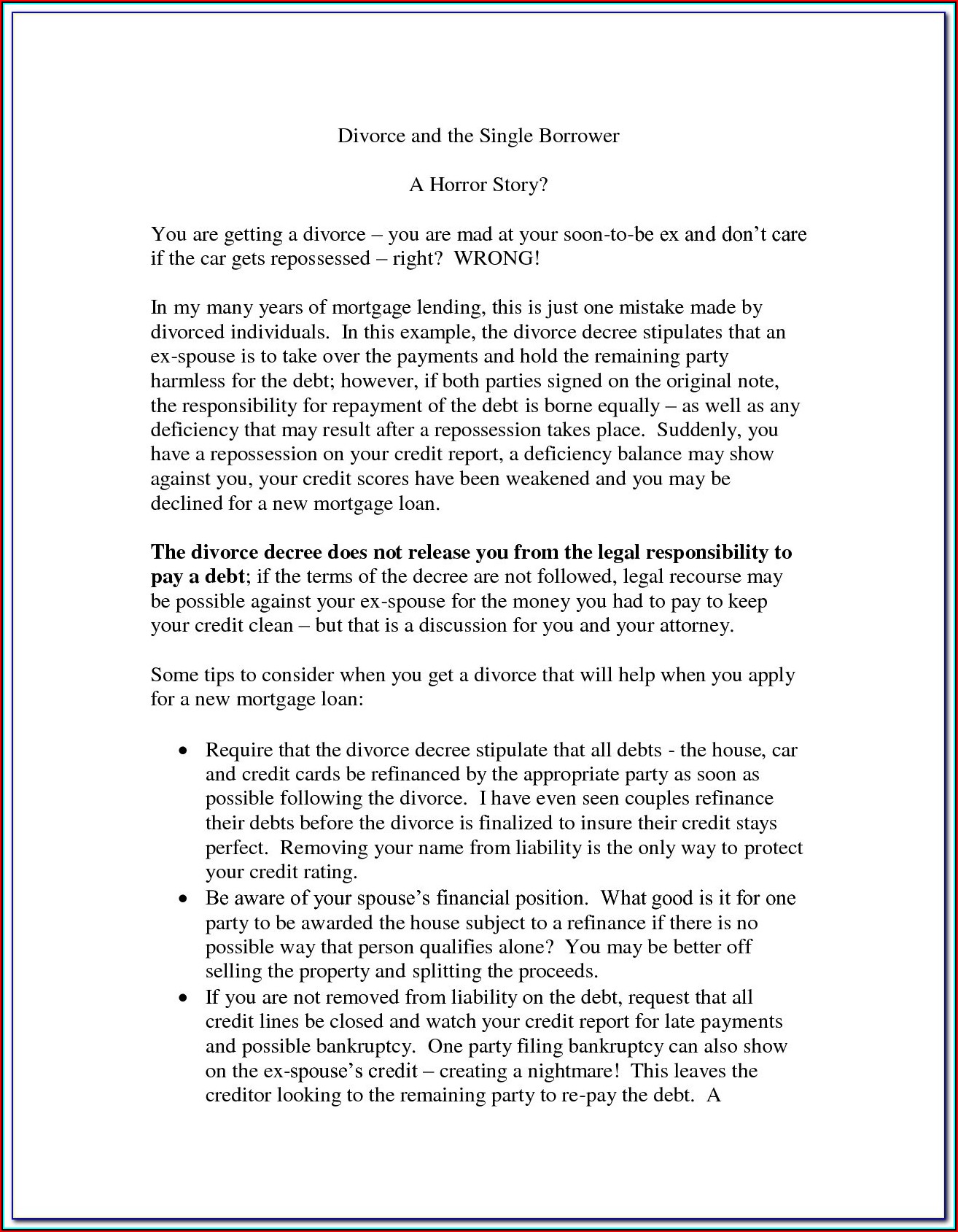Navigating Court Paperwork: Your Essential Guide

Navigating court paperwork can seem like an overwhelming task for those unfamiliar with the legal system. Whether you’re filing a case, responding to a summons, or seeking legal documentation, understanding how to correctly manage these documents is crucial. This guide will walk you through the intricacies of court paperwork, offering insights into preparation, submission, and follow-up procedures.
Understanding Court Documents

The court system is filled with various types of paperwork, each serving a specific purpose:
- Summons: A legal document that notifies someone they have been sued or need to appear in court.
- Complaint: The document outlining the plaintiff’s claims and requests for relief.
- Answer: The defendant’s response to the complaint, either admitting or denying the allegations.
- Motions: Requests for a court order directing an action in the case.
- Affidavits: Written statements under oath, often used as evidence.
Key Documents for Different Cases

Different types of cases require different sets of documents:
- Civil Cases: Typically include the Complaint, Answer, and potentially various Motions.
- Criminal Cases: Might involve charging documents, plea agreements, and motions for various purposes.
- Family Law: Documents here can include petitions for divorce, custody agreements, and financial statements.
Preparing Court Documents

Collecting Necessary Information

Before you begin drafting, ensure you:
- Identify the Parties: Determine who the plaintiff(s) and defendant(s) are.
- Gather Details: Date, time, location of incidents, and any legal descriptions like case numbers or addresses.
- Evidence: Collect any relevant evidence or documentation.
Drafting the Document

To draft court documents correctly:
Use Standard Templates: Most courts provide standard forms or templates which should be used where applicable.
Ensure Accuracy: Double-check facts, dates, and spellings to avoid any errors that could undermine your credibility or cause legal issues.
Proper Formatting: Include:
- Heading: Court name, address, plaintiff and defendant’s names.
- Body: Clearly state facts, laws, and the relief sought.
- Signature: All required parties must sign.
Here is an example of how you might format a heading:
<table>
<tr><td><strong>Court:</strong></td><td>Superior Court of XYZ County</td></tr>
<tr><td><strong>Plaintiff:</strong></td><td>John Doe</td></tr>
<tr><td><strong>Defendant:</strong></td><td>Jane Smith</td></tr>
</table>
Filing Court Documents

The Filing Process

Filing court documents involves several steps:
Visit the Court Clerk: You need to physically or electronically file your documents with the clerk of the court.
Pay Filing Fees: Most cases require a fee upon filing. Make sure to check the fee schedule for your court.
Get Case Number: Upon filing, you’ll receive a case number which should be used on all related documents.
What to Expect When Filing

- Wait Times: Depending on the court’s workload, there might be a queue.
- Verification: The clerk will review your documents for compliance with local rules before acceptance.
- Confirmation: Ensure you receive a stamped copy of your filing as proof.
Electronic Filing (eFiling)

Many courts now offer electronic filing:
- Access eFiling Portal: Register for access to the court’s online filing system.
- Upload Documents: Submit your documents in the required formats.
- Service: Electronically serve parties if applicable.
✨ Note: Efiling reduces paperwork handling time, but ensure you check if your local court supports it.
Serving Court Documents

Once filed, you need to legally serve the documents:
- Who Must be Served: Typically, the defendant or respondent must be served.
- How to Serve: Service can be personal, by mail, or by publication, depending on jurisdiction and case type.
- Proof of Service: File an affidavit of service showing the method and date of service.
Tracking Your Case

Check Court Calendars

Stay updated:
- Docket Review: Regularly check the court’s docket for your case number.
- Court Hearings: Attend all scheduled hearings or ensure your attorney does.
Responding to Motions

If other parties file motions, you must respond:
- Deadline: Adhere to the deadline for responding, often 14-30 days from service.
- Opposition or Support: File a document opposing or supporting the motion.
Receiving Court Orders

- Mail: You’ll typically receive court orders by mail.
- Electronic Notification: If you’ve enrolled in electronic notifications, expect an email alert.
Handling Appeals

If you decide to appeal:
- Notice of Appeal: File this document with the court to start the appeal process.
- Appeal Brief: Prepare and submit the brief detailing legal errors in the original case.
Dealing with Modifications

If circumstances change:
- File a Motion to Modify: This could be for child support, custody, or sentence conditions.
- Obtain a Hearing: Courts will schedule a hearing to review your motion.
Summarizing key points, navigating court paperwork involves understanding the documents, preparing them accurately, filing them correctly, serving other parties, and following up on all legal proceedings. This guide should serve as a primer to help you manage these often complex processes with confidence and clarity.
What should I do if I lose my court documents?

+
If you lose your documents, contact the court clerk to request copies. Some courts have online access for case records where you might retrieve copies yourself.
Can I represent myself in court?
+Yes, you can act as your own attorney in court, known as “pro se” representation. However, legal complexity often warrants consulting or hiring a lawyer for better outcomes.
How can I file documents if I can’t make it to the court?
+If physical presence is impossible, check for eFiling options. If unavailable, some courts allow filing by mail, though it might slow down processing.
What happens if I miss a deadline for filing documents?
+Missing a filing deadline can have serious consequences like case dismissal or default judgments. If you miss a deadline, consider filing a motion for extension or explain the delay.